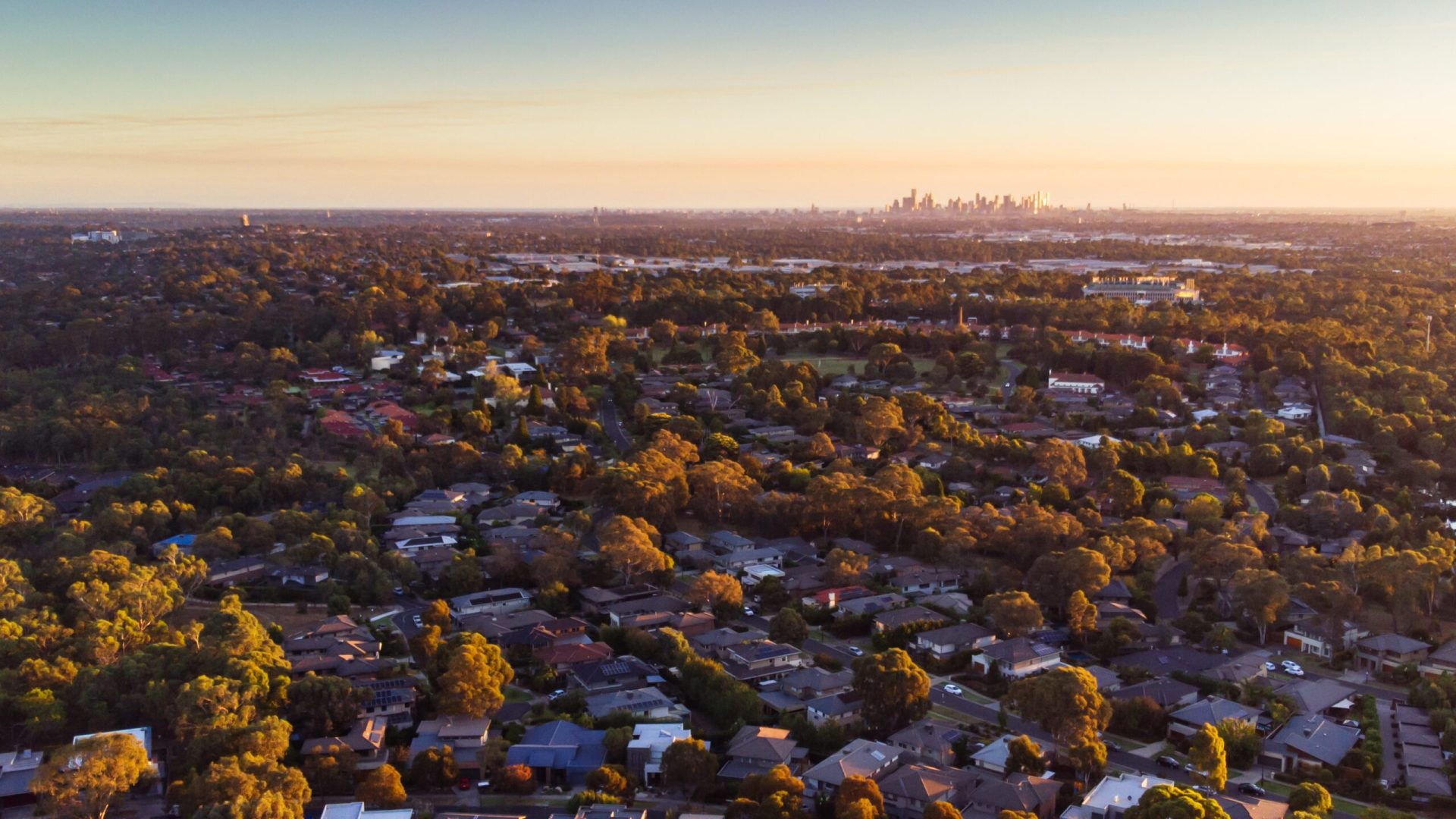Our strategy for growing a successful portfolio is hardly a secret – but you need to be focused, says OpenCorp’s Michael Beresford.
We are very mindful that we’re advising people how to invest around three-quarters of a million dollars on bricks and mortar. That’s why we avoid any flimsy, get-rich-quick ideas for making money from property. We all know someone who talks up their “I outwitted the market” strategy that delivered a zillion-fold increase on their investment.
Want to know our secret to gaining a competitive advantage when it comes to property investing?
I’m afraid it’s simple to the point of dull. It’s also incredibly effective. It’s about doing the same thing over and over.
In this article we’ll share the four key principles that can help you build a million-dollar portfolio and achieve financial freedom. By following these principles consistently over a 10-year period, you can set yourself up for a winning property investment strategy.
- Principle 1: Focus on the fundamentals and acquire whenever possible
- Principle 2: Stay disciplined
- Principle 3: Take a long-term focus
- Principle 4: Diversification
Principle 1: Focus on the fundamentals and acquire whenever possible
To succeed in property investment, it’s essential to focus on the fundamentals. Investing in properties located in growth corridors, particularly in the more affordable outer suburbs of capital cities, can yield significant profits. By strategically acquiring properties, you position yourself for long-term growth and capital appreciation.
Let’s use a few real example:
If you had done each of these and invested… you could have up to an extra $1 million today.
| Suburb & Year | Purchase Price | Current Value | Profit |
| Upper Kedron 2014 | $499,500 | $890,000 | $390,500 |
| Clyde North 2016 | $461,500 | $770,000 | $308,500 |
| Pallara 2020 | $564,700 | $900,000 | $335,300 |
| TOTAL PROFIT | $1,034,300 |
Principle 2: Stay Disciplined
It’s essential to remain focused and avoid getting swayed by media hype or short-term market fluctuations. In 2014, there were fears the housing bubble could burst and property prices might fall by 10 to 20%. However, those who were able to filter out all the noise and stayed focused on the long-term vision and fundamentals reaped the rewards as markets started to move in subsequent years.
As an example Melbourne markets started moving in 2015; my best mate bought a property in Clyde North in 2010 because I told him what had been done with the urban growth boundary, and how a lot of investment was being driven into the area. By 2016 this was well and truly happening and he was reaping the benefits.
Principle 3: Take a Long-Term Focus
Successful property investment is a long-term game. Taking a patient and long-term approach allows you to navigate market cycles and benefit from sustained growth.
Principle 4: Diversification
One property doesn’t do much. It’s better than none, but it doesn’t allow you to retire early
So, when we talk about diversification, that means having multiple properties in your portfolio spread across different states – so you’re positioned to benefit when those supply and demand dynamics work at different times.
We understand the dynamics of exposure to different markets. The supply and demand in Melbourne, for example, is very different from where the market might be in Perth. Fast-forward two years and different capital city markets will be a different proposition.
Do we have a crystal ball? No, we don’t, but we’ve got a pretty good recipe that we’ve refined over 20 years to understand what the fundamentals are that drive the property market, and where the opportunities exist.
As I said, this approach is quite dull and boring – but the results are certainly exciting. So, embrace these principles, stay committed, and pave your way to financial freedom through property investment.









